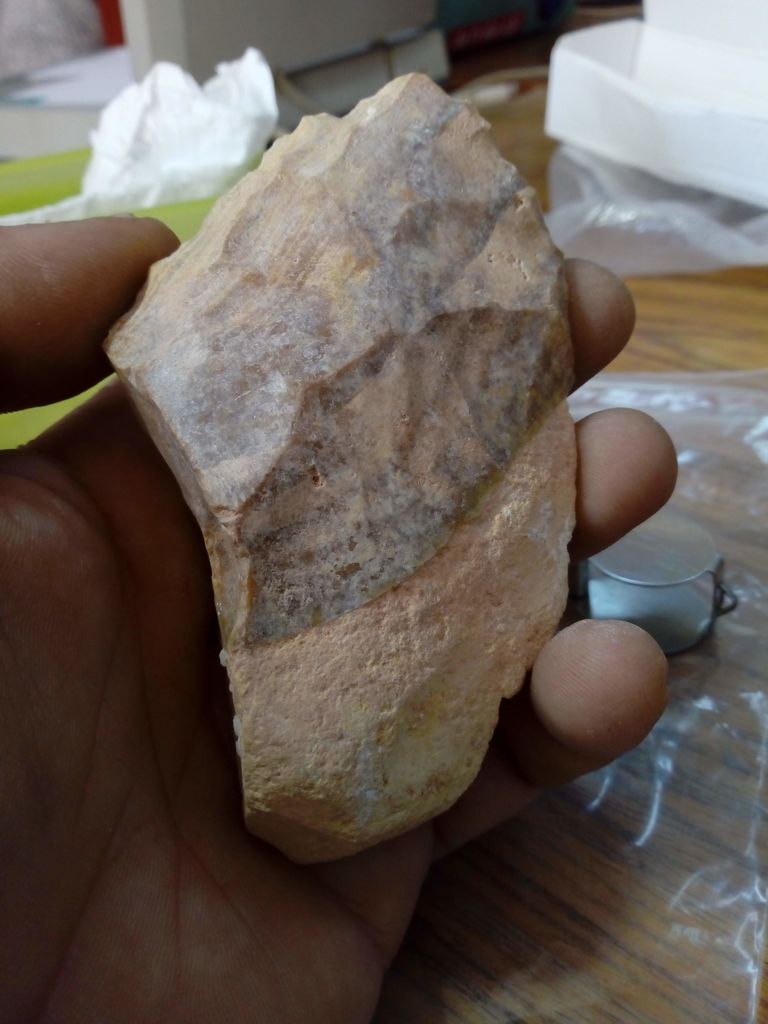
Tunisian Sahara unveils 300,000-year-old tools and technologies
Around the end of the Middle Pleistocene, the African continent hosted gradual and interconnected processes concerning our species' biological and cultural evolution. These included the transition to the so-called Middle Stone Age (MSA) some 300,000 years ago.Nevertheless, archaeological and chronological data on the earliest phases of this process are extremely scarce, and, to date, interpreting information from the few locations on the African continent where this early evidence has been identified is extremely difficult.
The study coordinated by researchers of the Department of Ancient World Studies, in close collaboration with the Institut National du Patrimoine in Tunis and the Faculty of Humanities in Kairouan, shed new light on the peopling of North Africa during this crucial phase in the evolution of our species through analyses conducted on archaeological sites discovered in the area of Wadi Lazalim, in southern Tunisia.
Thanks to funding from the Grandi Scavi di Ateneo and the Ministry of Foreign Affairs and International Cooperation, the region has been the subject of research since 2015. The results have been published in the journal Scientific Reports.
According to the international research group, which includes specialists based in Tunisia, Italy, France and Spain, the investigated sites, dating between 300,000 and 130,000 years ago, reveal human occupation of the northern Sahara during the early Middle Stone Age in a period close to that of the oldest African contexts of this phase.
"The research – says Savino di Lernia, corresponding author and Director of the Archaeological Mission in the Sahara - has thus provided indispensable elements for understanding the tempo and mode of the peopling of North Africa by the earliest users of these technologies, probably some H. sapiens."
"These findings - concludes Emanuele Cancellieri of Sapienza University, first author of the paper - reinforce the hypotheses about the early dispersal of humans and technological innovations from regions of sub-Saharan Africa."
References:
A late Middle Pleistocene Middle Stone Age sequence identified at Wadi Lazalim in southern Tunisia - Emanuele Cancellieri, Hedi Bel Hadj Brahim, Jaafar Ben Nasr, Tarek Ben Fraj, Ridha Boussoffara, Martina Di Matteo, Norbert Mercier, Marwa Marnaoui, Andrea Monaco, Maïlys Richard, Guido S. Mariani, Olivier Scancarello, Andrea Zerboni & Savino di Lernia - Scientific Reports DOI https://doi.org/10.1038/s41598-022-07816-x
Further Information
Emanuele Cancellieri
Department of Ancient World Studies
ema.cancellieri@gmail.com
Savino di Lernia
Department of Ancient World Studies
savino.dilernia@uniroma1.it
